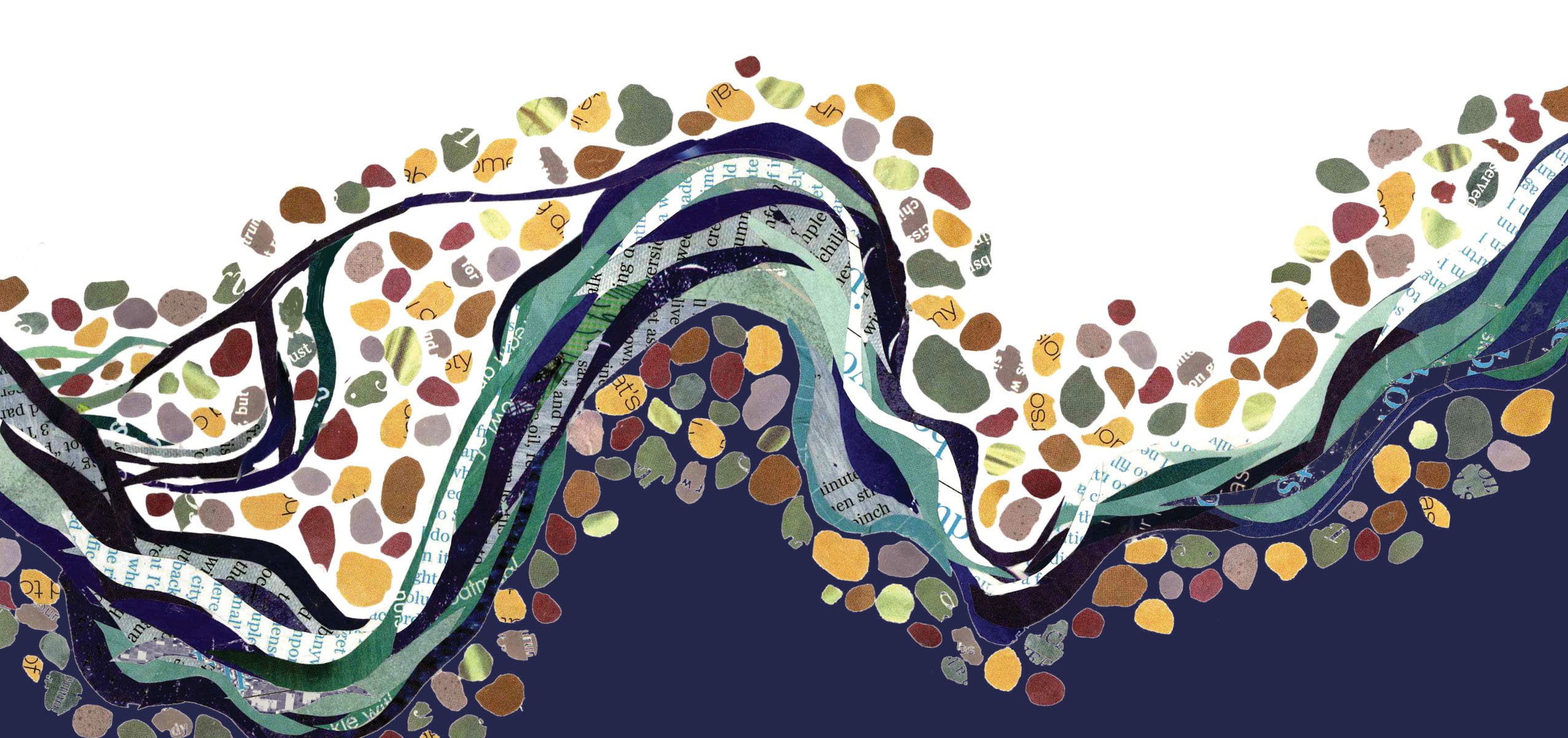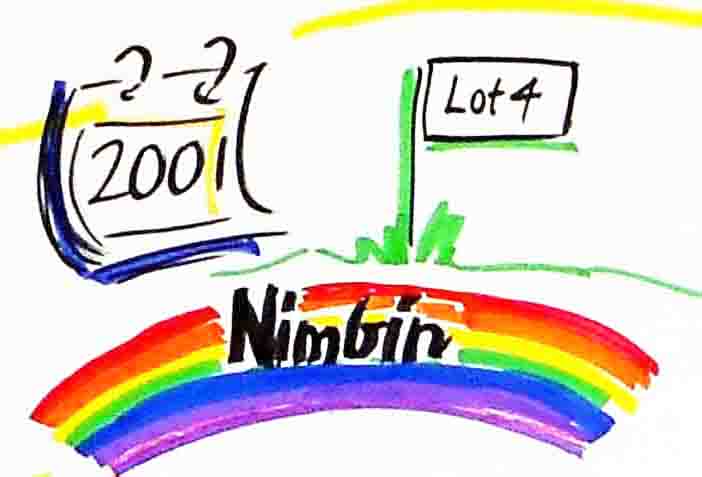The tiny village of Nimbin (pop. 400) had been on my radar for decades. It is a powerful spiritual center, nestled in the caldera of a sacred volcano, Wollumbin. I visited Nimbin many times since the early 1980s, attending spiritual retreats nearby. I feel a close connection to the rolling green hills and gentle landscapes of the Rainbow Region. Karl also loves that country; it reminds him of Bavaria: the old country, with its rolling hills, its patchwork of small farms and its out-of-the-way feeling.
Famous for its drug culture, Nimbin also harbors a robust political community with alternative hippie lifestyles, anarchist politics, ecological values, and cultural diversity. It feels inclusive and tolerant. We are both drawn to a place where hope might flourish again in our lives. Karl adored Nimbin and felt that he had found his true, spiritual home. He would go into the Village on a Friday night to listen to the drumming. Sometimes, he takes his camera and comes back with some shots of the drummers and the dancers. Music is a big part of life in Nimbin.
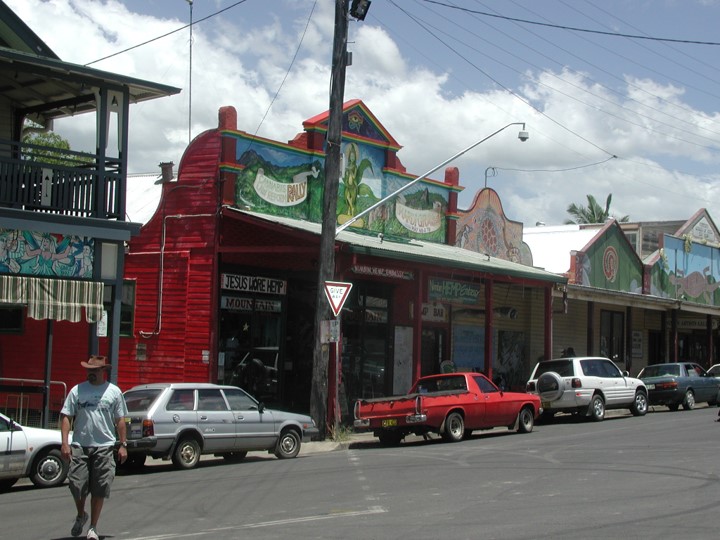
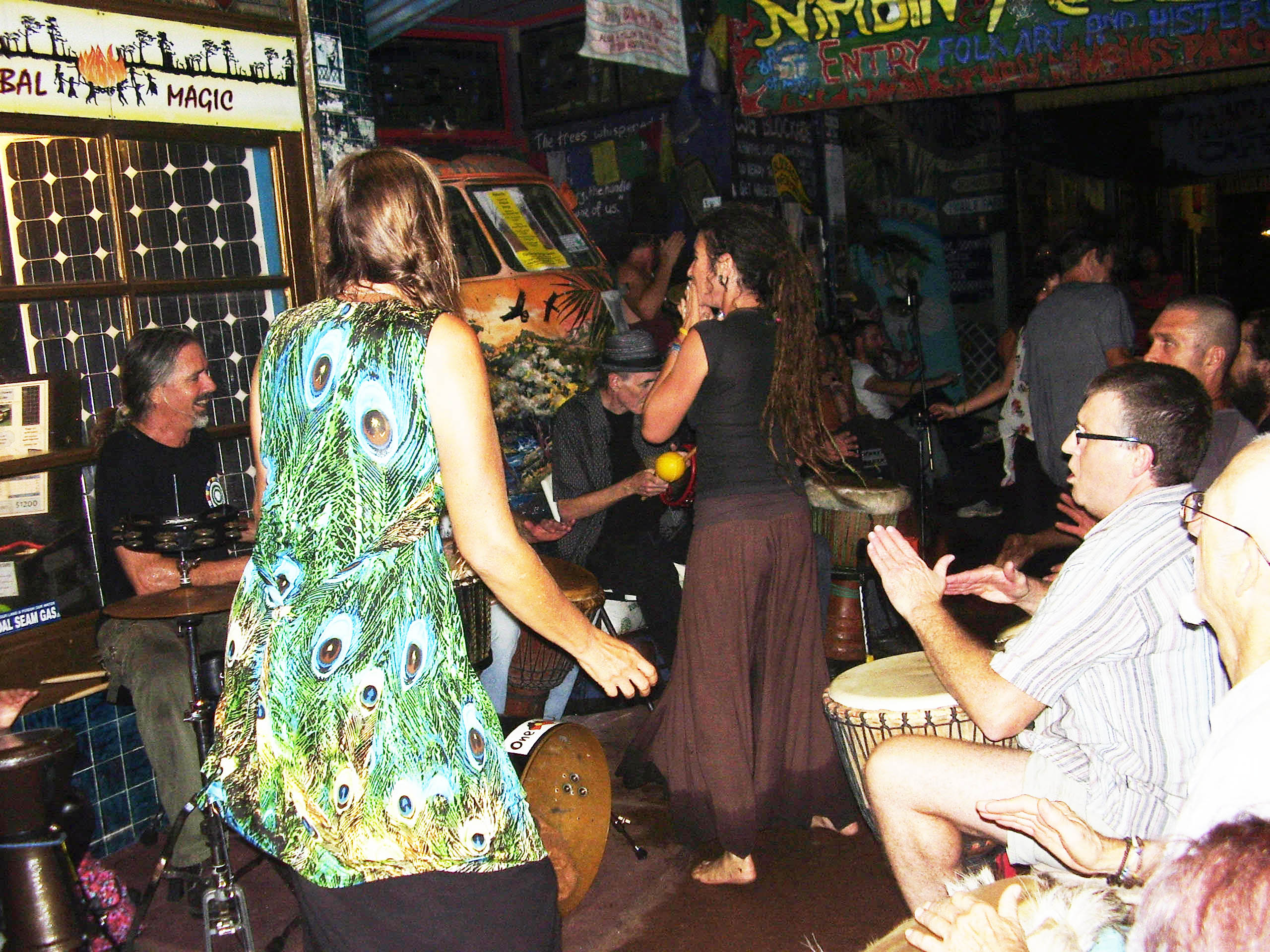
video nimbin music
Karl rarely uses a camera, but one day he races home for his camera to capture this delightful bucolic scene on the road into Nimbin village!
How similar it is to the countryside of Upper Franconia where he grew up!
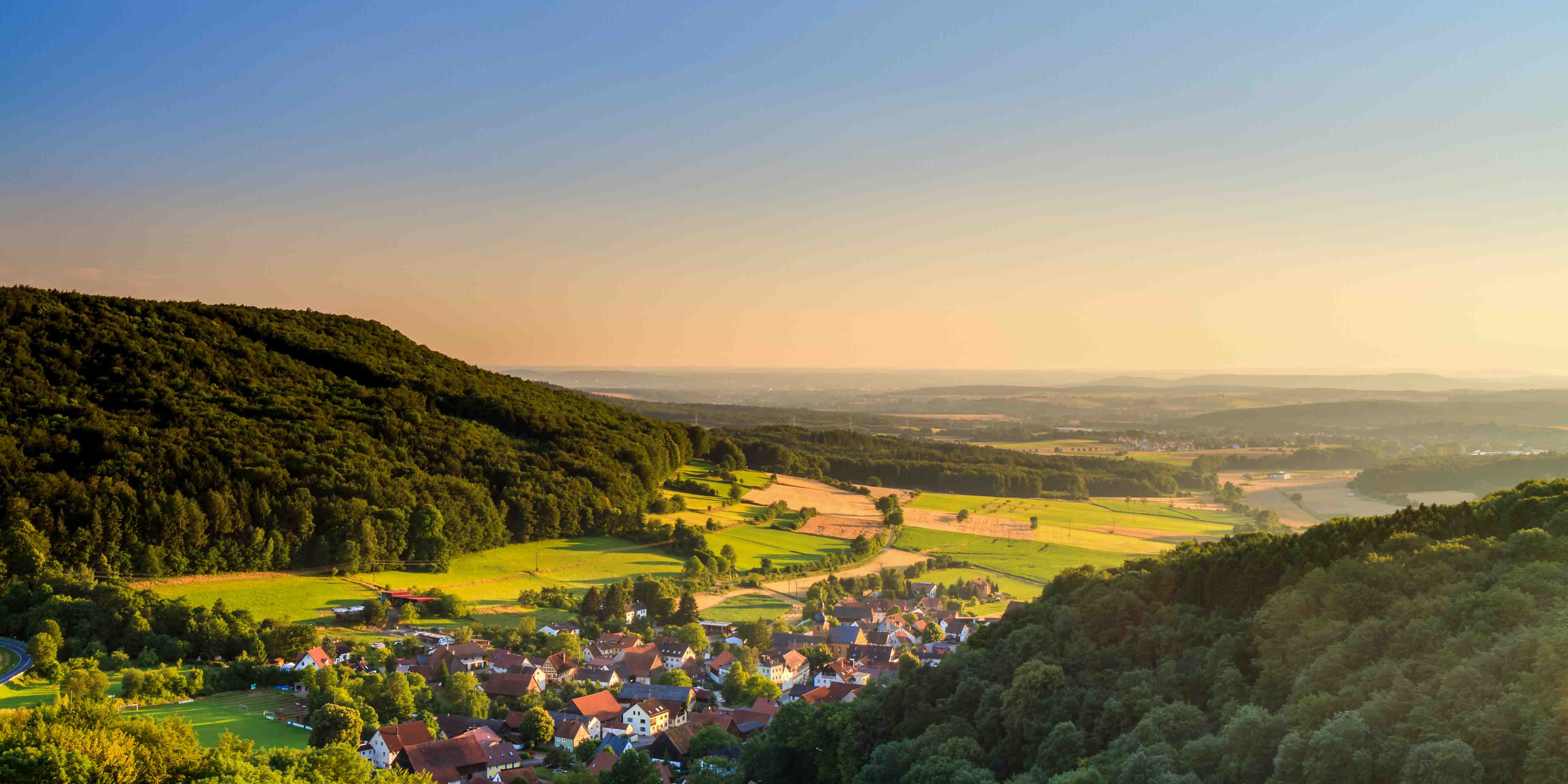
Lot 4, Jarlanbah Permaculture Hamlet
Our miraculous purchase of Lot 4, Jarlanbah Permaculture Hamlet, convinces me that we are destined to live in Nimbin. After we settle into a rented house in Brisbane, set up an office, and hired staff, both of us confess that Brisbane is not to be our final resting place. We love it but it’s not our forever home.
On holidays in early 2001, we find ourselves standing at the window of Nimbin’s only real estate agency. Within an hour, in the waist-high grass of a half-acre lot in the Jarlanbah Permaculture Hamlet, we have found our new home: Lot 4. Nevertheless, we need to make more prudent housing decisions. So instead, we purchase a small apartment in Brisbane.
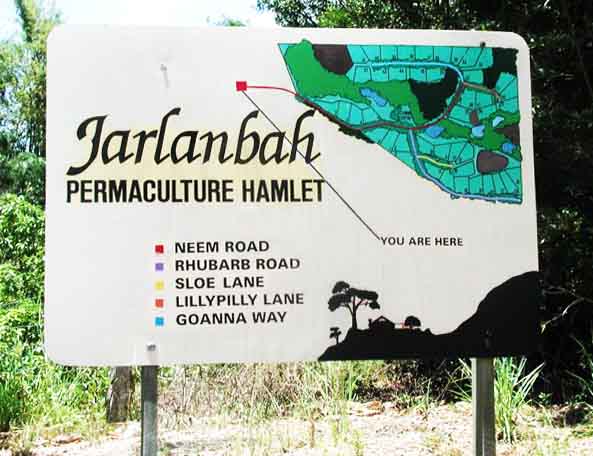
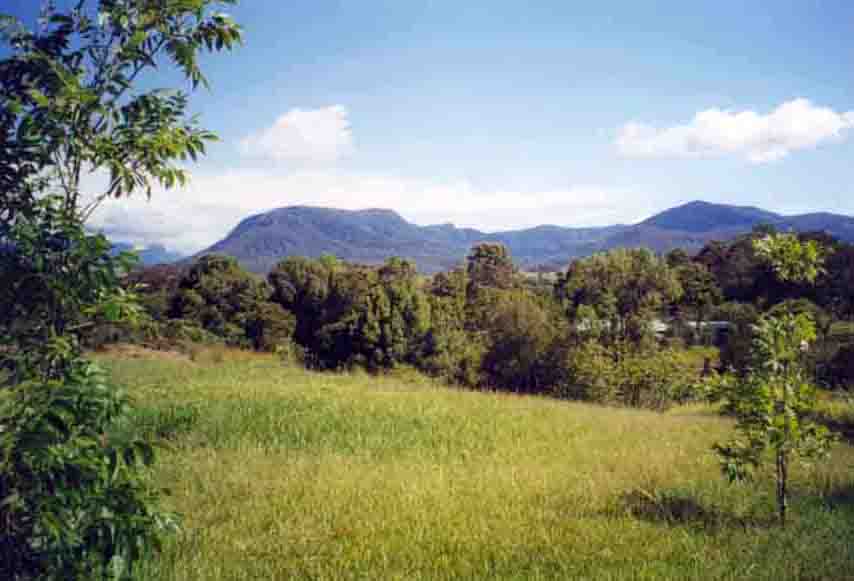
We do not buy Lot 4.
Not then.
But I keep a photograph of it on our office wall and continue to imagine living there.
Months later, when we are revisiting Nimbin, the owner of Lot 4, desperate to sell, approaches us, offering low-interest vendor finance. Within weeks, we have more or less purchased a rural property — a purchase we will complete by refinancing our Brisbane apartment the following year.
Weekends in Nimbin

After we buy Lot 4, we spend every possible weekend in Nimbin. We drive from Brisbane on Friday afternoon. After an hour of freeway driving through the sprawl of outer metropolitan Brisbane, we enter the ambit of the caldera of the ancient volcano, Wollumbin, a male initiation site sacred to the local Bundjalung people, glimpsing its dramatic lavender silhouette in the fading light. As we drive, I imagine our new life together in the sub-tropical rainforest. Wollumbin represents hope: every morning, it receives the first rays of sunlight to touch the Australian mainland. For me, it is the place to nurture our new beginning.
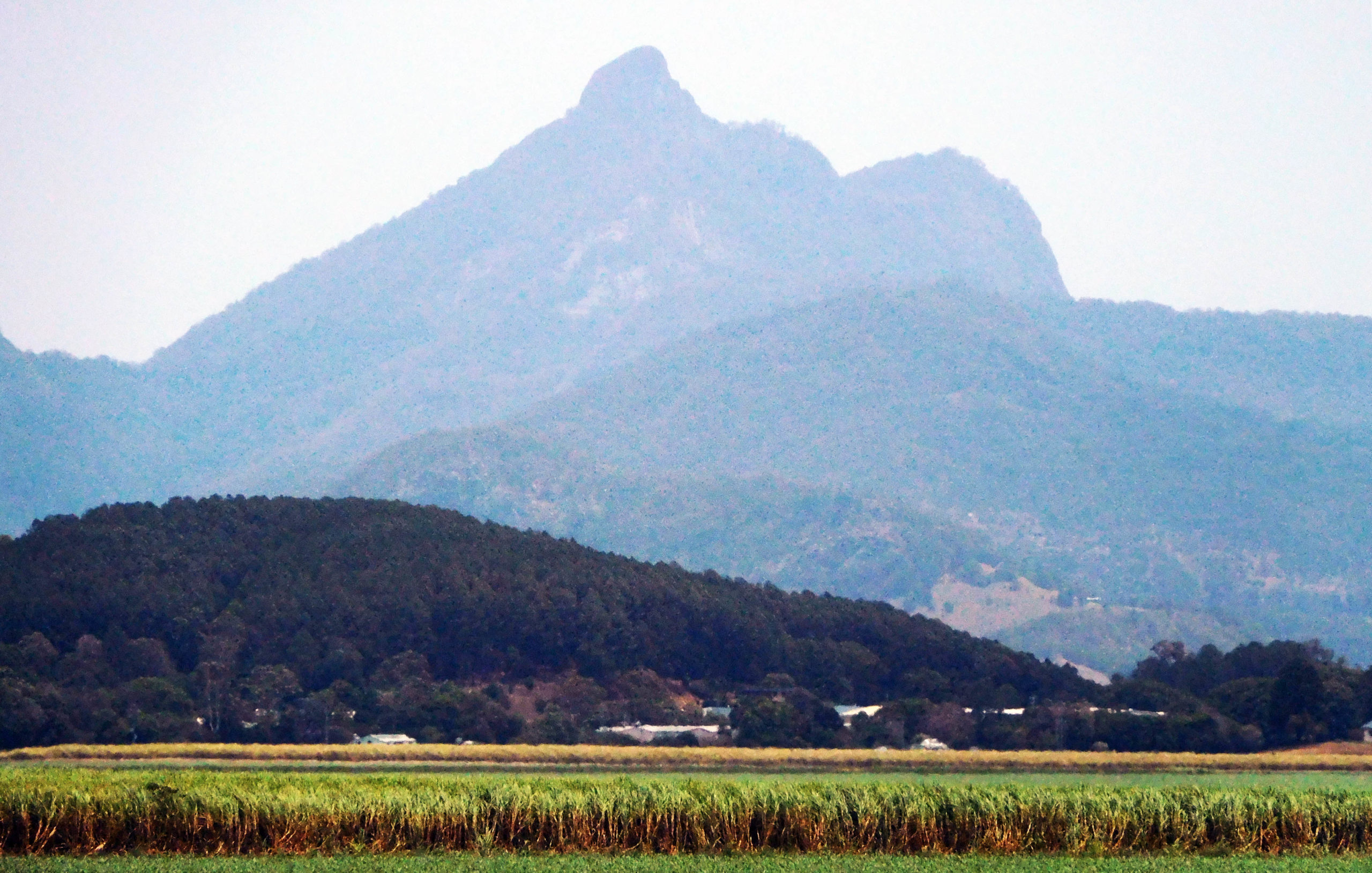
The Tweed River
By the time we reach the tiny village of Uki, the sun will be setting, and night will fall as Karl navigates the last 40 kilometers of the narrow, winding, rural road. Our route, the Kyogle Road, parallels the ancient Tweed River, flowing thirty or forty meters below us. In the Rainbow Region, famous for dramatic storms, the Tweed River often floods. (Over the next twenty or more years, we’ll turn back several times when it washes out parts of the Kyogle Road.)
The river’s meandering course is constantly changing. Drawn inexorably seaward, it finds many ways to reach the ocean. I’ve grown up on the banks of a mighty Canadian river, and I’ve always been attracted to rivers. (Not Karl: he avoids water at all costs.)
We’ve never taken to driving with the radio on, so, with one open window, we drink in the cadences of cicadas, frogs, kookaburras, and the night birds as we glide into the deeper reaches of the rainforest.

My river meditation draws my imagination to the river’s headwaters, at Lillian Rock, only 10 kilometers from our new home. At its source, deep in the valley’s heart, the Tweed River begins invisibly, humbly, with the gentlest whisper of intent, a nudge of hopefulness, the suggestion of a few cells pulsing, streaming, vibrating, humming, singing, multiplying, and aligning. Inevitably, the ocean draws the river forth, patiently strengthening and supporting its nascent intentions.
Observing the Tweed River’s seasonal patterns, I sense that eddies and waterholes are a necessary part of its river-ness: moments of hesitation, conditionality, rebelliousness, even. But the ultimate destination of 80 kilometers of river presence is the spaciousness of the ocean. The river longs for its flow. Within a broad, deep valley, meandering feels like play. Not all life needs speed and clarity. Slow, silty, muddiness has its place, too. Eddies allow for creativity, contemplation, flexibility to bypass obstacles, or an enticing moment of indecision. This river offers forgiveness; all its routes lead to the ocean. Calm shallows, coves almost, balance unexpected rough water. But make no mistake: a resilient river has significant work to do.
Whatever its season, primordial and irrefutable are the forces that draw the river’s waters from its rocky hinterland through expanses of sparkling rainforest and waves of coastal sugarcane to its fulfilment in the embrace of the vast ocean. For, as Kahlil Gibran exclaims in The Prophet, “life and death are one, even as the river and the sea are one.”
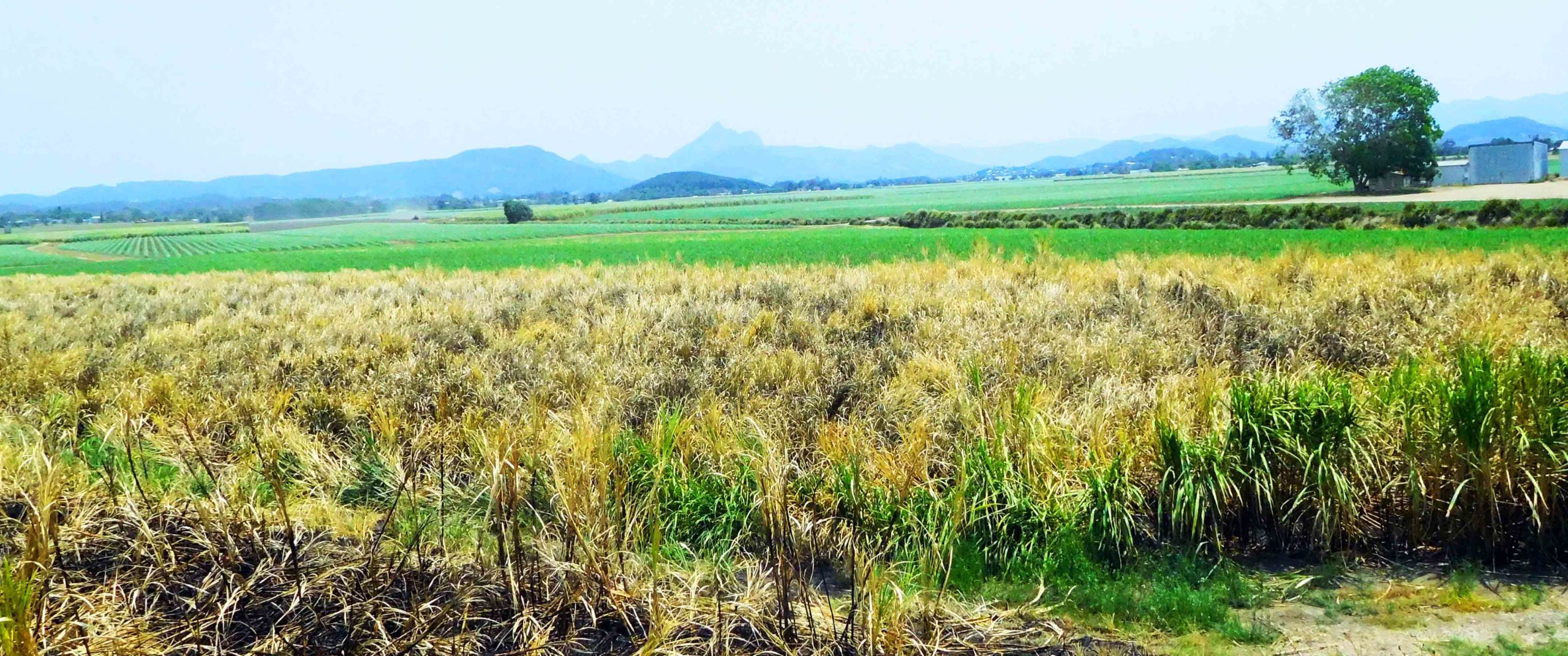
Deep in my heart, I acknowledge that my connection with the Tweed River links me to the tiny, ephemeral creek that nurtured me in Humpty Doo, a decade earlier. That creek became the source of my creativity and, as I came to understand its seasons and idiosyncrasies, and responded to it, I received nourishment that supported my creative life. Responding to that creek allowed me to stay with and protect my feelings, to be wild, and, ultimately, to craft my real work.
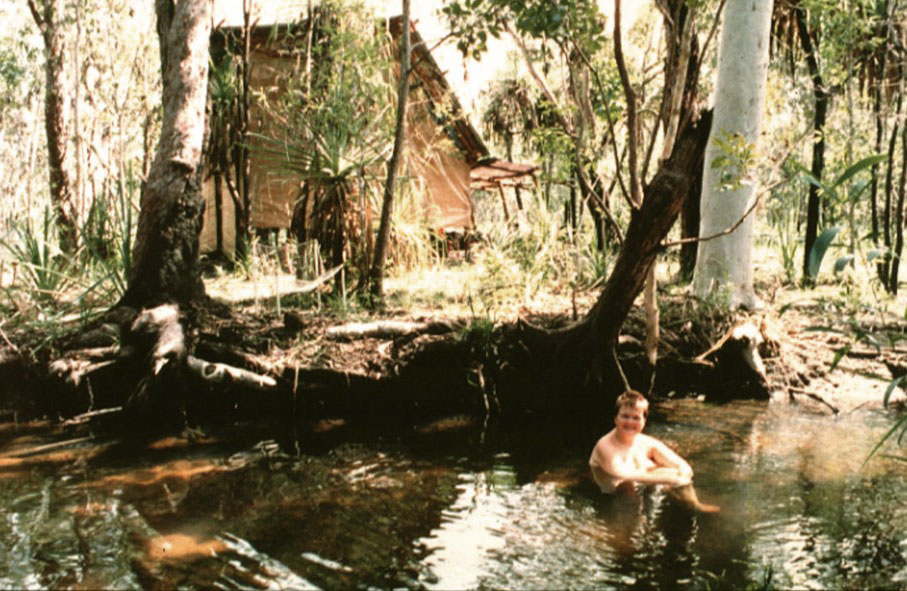
My heart softens as we follow the river through the canefields country and begin to climb out of the coastal land toward Uki, the portal to our new home. There, as we slow to drive through that tiny village, I call out to Karl, “Nearly home, Beloved.”
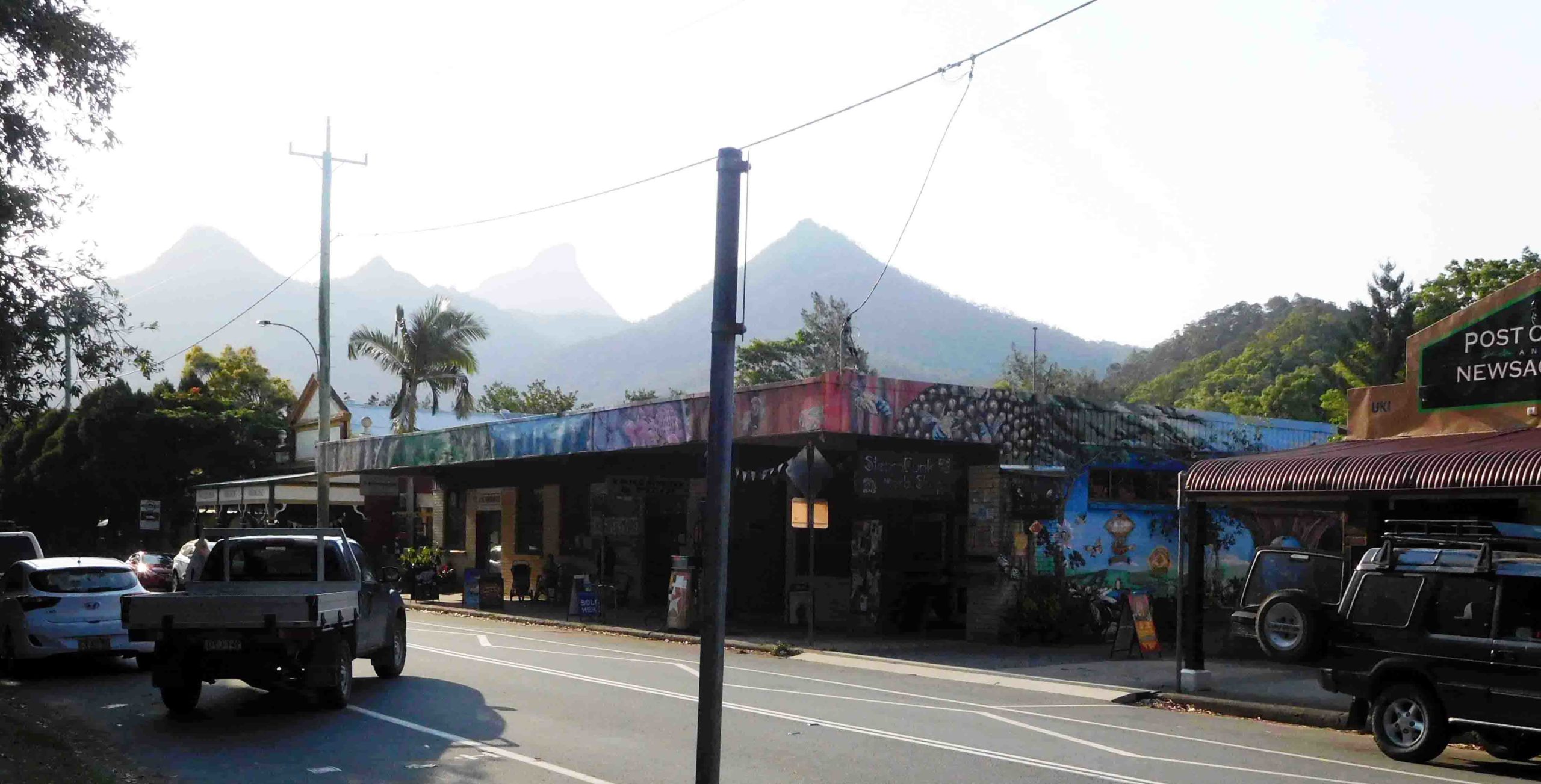
Karl nods.
Nearly home — returning to what will become Karl’s spiritual home.
We have finally landed.
